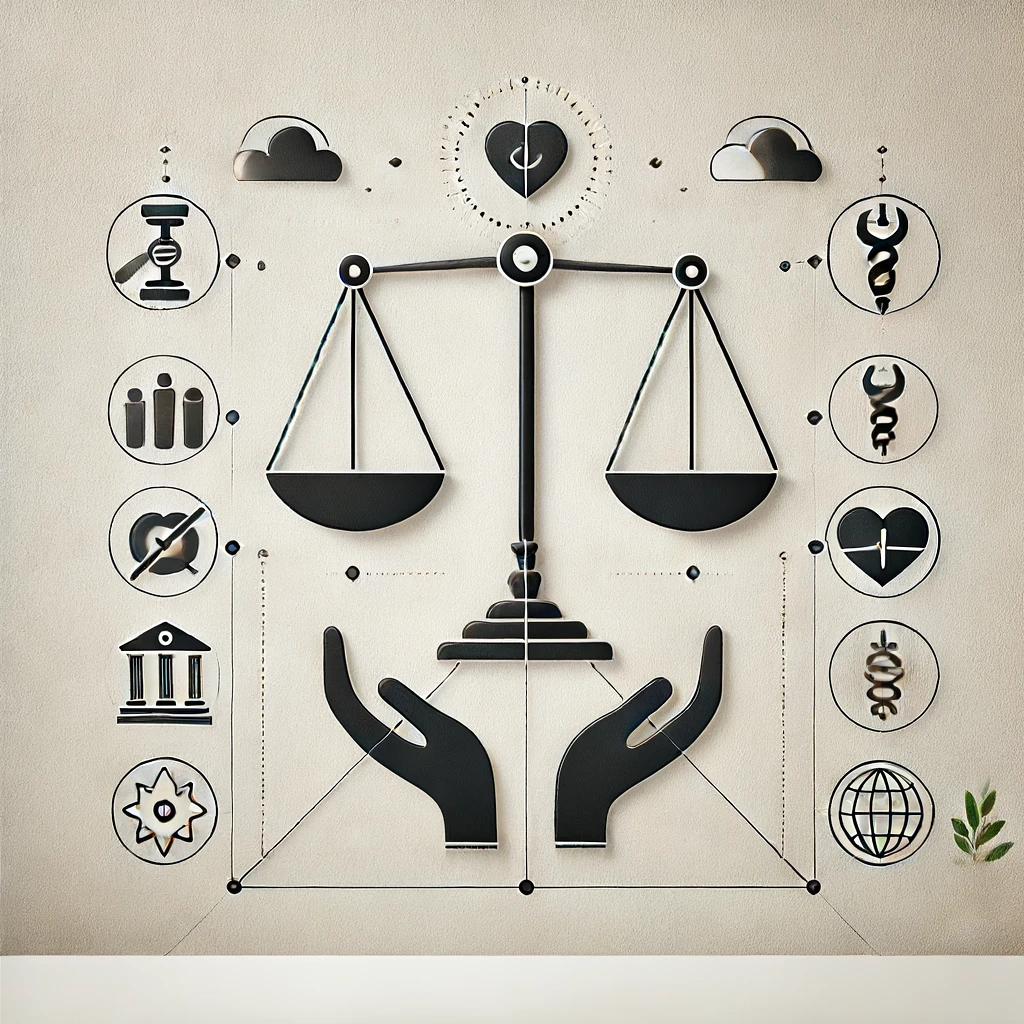India, often heralded as a subcontinent, is a mosaic of various cultures, languages, and geographies, each contributing uniquely to the nation’s identity. This diversity is not just a hallmark of India’s past but continues to shape its present and future. Understanding the regional diversities of India is crucial for grasping how this vast nation operates as a cohesive whole despite its differences. This article delves into the various facets of regional diversity in India, examining how geographical features, languages, cultural festivals, economic conditions, and cuisine reflect and influence the socio-cultural fabric of the country.
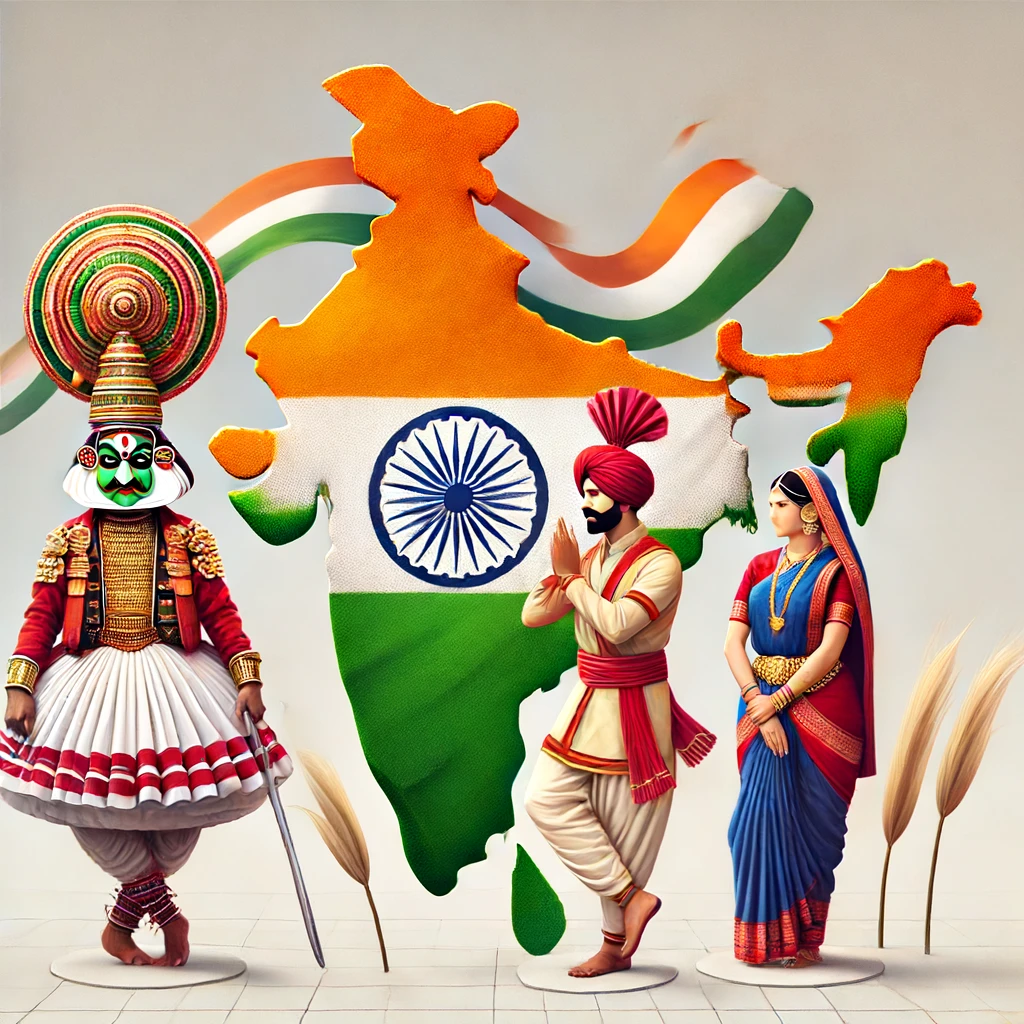
Geographical Diversity
India’s geography is as varied as its culture, stretching from the snow-capped Himalayas in the north to the tropical beaches of the south, and from the arid deserts of the west to the lush rainforests of the east. This geographical diversity profoundly influences the lifestyle and cultural practices of local populations. For example, the Himalayan regions have developed unique architectural styles that feature sloped roofs and raised foundations, essential for withstanding the cold and heavy snowfall. In contrast, coastal regions in the south, like Kerala and Tamil Nadu, showcase homes with large windows and verandas to keep the interiors cool. These geographical nuances are key to understanding the region-specific adaptations in daily life and cultural practices.
Linguistic Variations
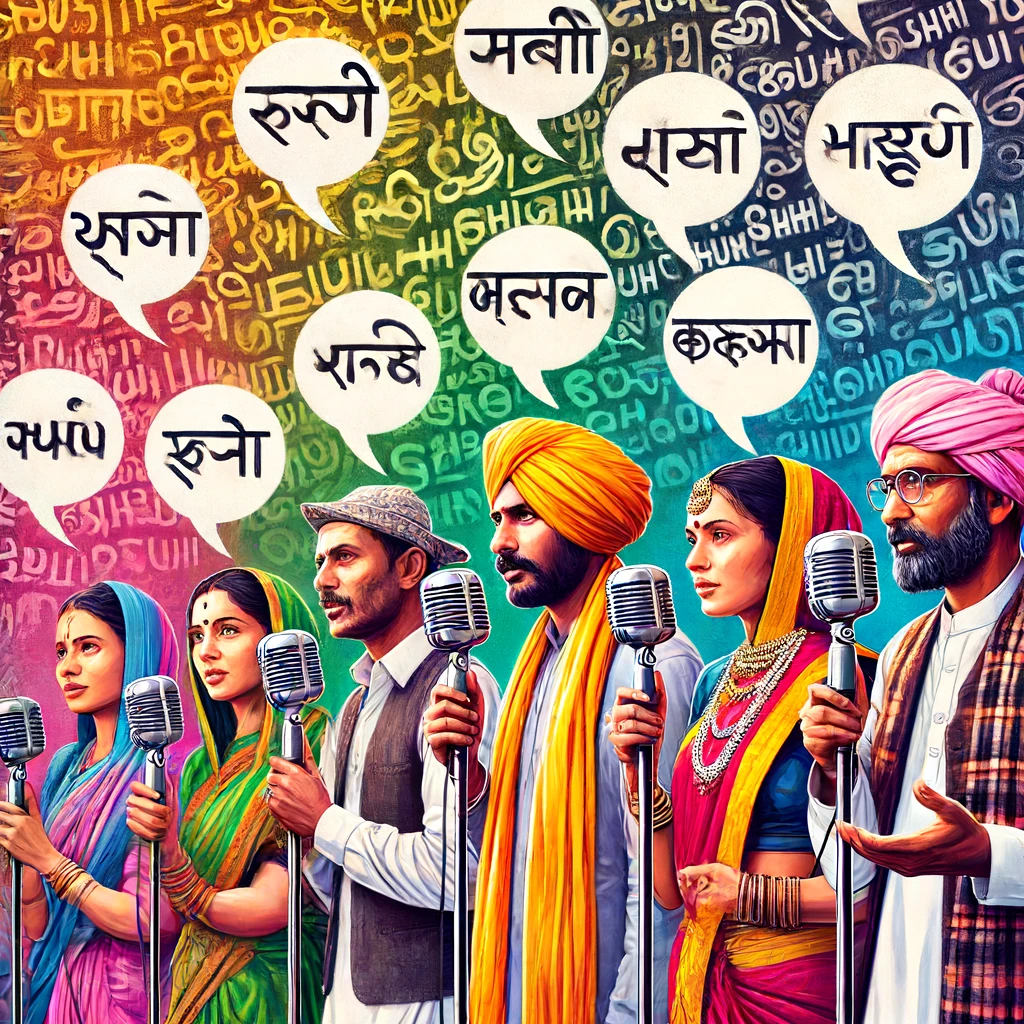
India is a linguistic treasure trove, with the Constitution recognizing 22 official languages and hundreds of dialects spoken across the country. Each language carries its unique literature, folklore, and historical significance, influencing the social and political landscape of the regions where they are predominant. For instance, Tamil, one of the oldest languages in the world, is not just a means of communication but a crucial element of Tamil identity and nationalism in Tamil Nadu. Similarly, the revival of Konkani and its designation as an official language in Goa exemplifies the socio-political movements driven by linguistic pride.
Cultural Festivals
India’s calendar is dotted with a plethora of regional festivals, each a vibrant testament to the local cultures and traditions. Festivals like Diwali and Eid are celebrated nationwide, albeit with regional variations in rituals and customs. On the other hand, unique local festivals such as the Hornbill Festival of Nagaland celebrate the cultural heritage of the Naga tribes, showcasing their dances, crafts, and cuisines. These festivals not only promote unity amidst diversity but also attract tourism, fostering economic benefits and a wider appreciation of local customs.
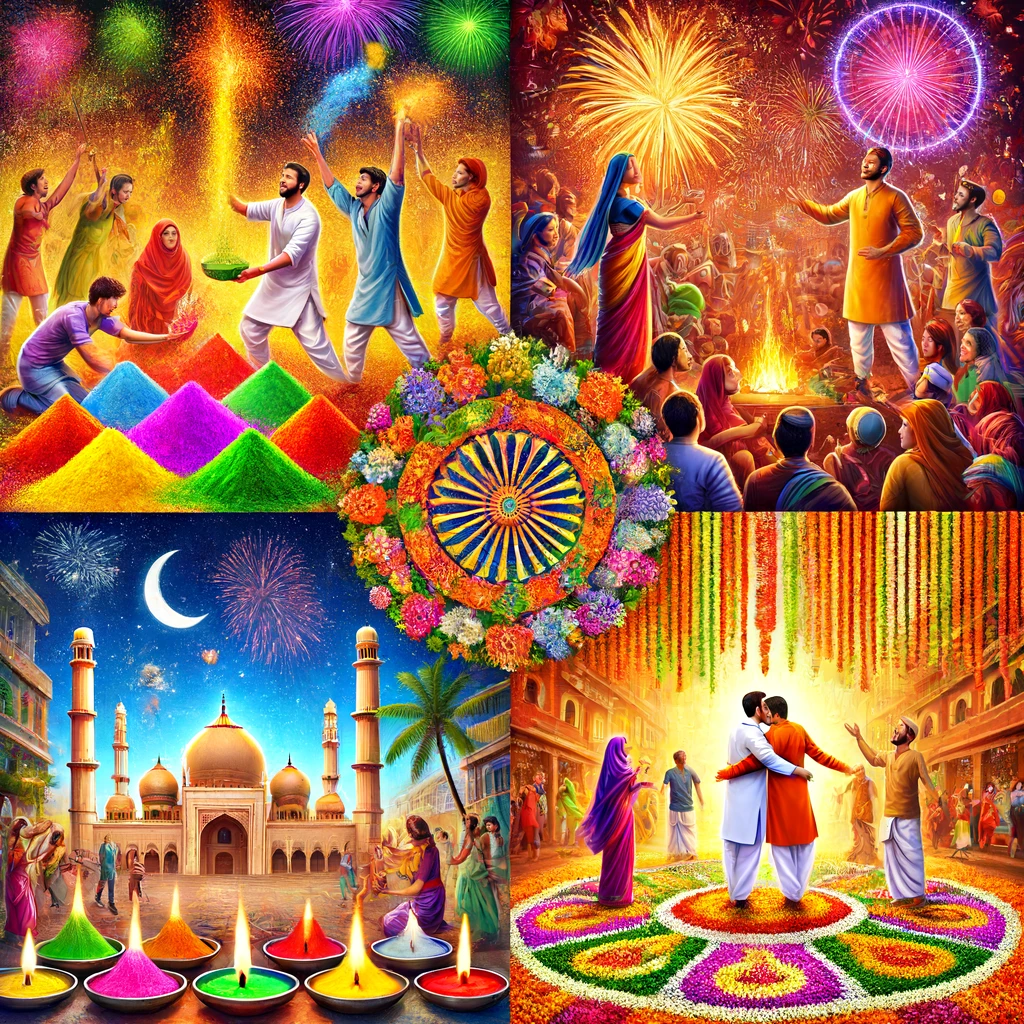
Economic Disparities
Despite its economic strides, India faces significant regional economic disparities that influence social equity. States like Maharashtra and Tamil Nadu boast high per capita incomes thanks to industries and services sectors, while states like Bihar and Odisha lag due to their reliance on low-productivity agriculture. These disparities are crucial for understanding the varying levels of development and welfare in different regions, influencing everything from education levels to healthcare accessibility. Addressing these disparities is essential for achieving balanced regional development and social equity.
Cuisine Diversity
Indian cuisine, with its assortment of flavors and ingredients, mirrors the country’s cultural diversity. The robust, spice-laden dishes of the north, such as Rogan Josh and Butter Chicken, differ markedly from the coconut and seafood-based recipes of the south, like Meen Curry. This culinary variety not only enriches India’s cultural heritage but also illustrates the adaptation of cooking styles and dietary preferences to local climates and available resources.
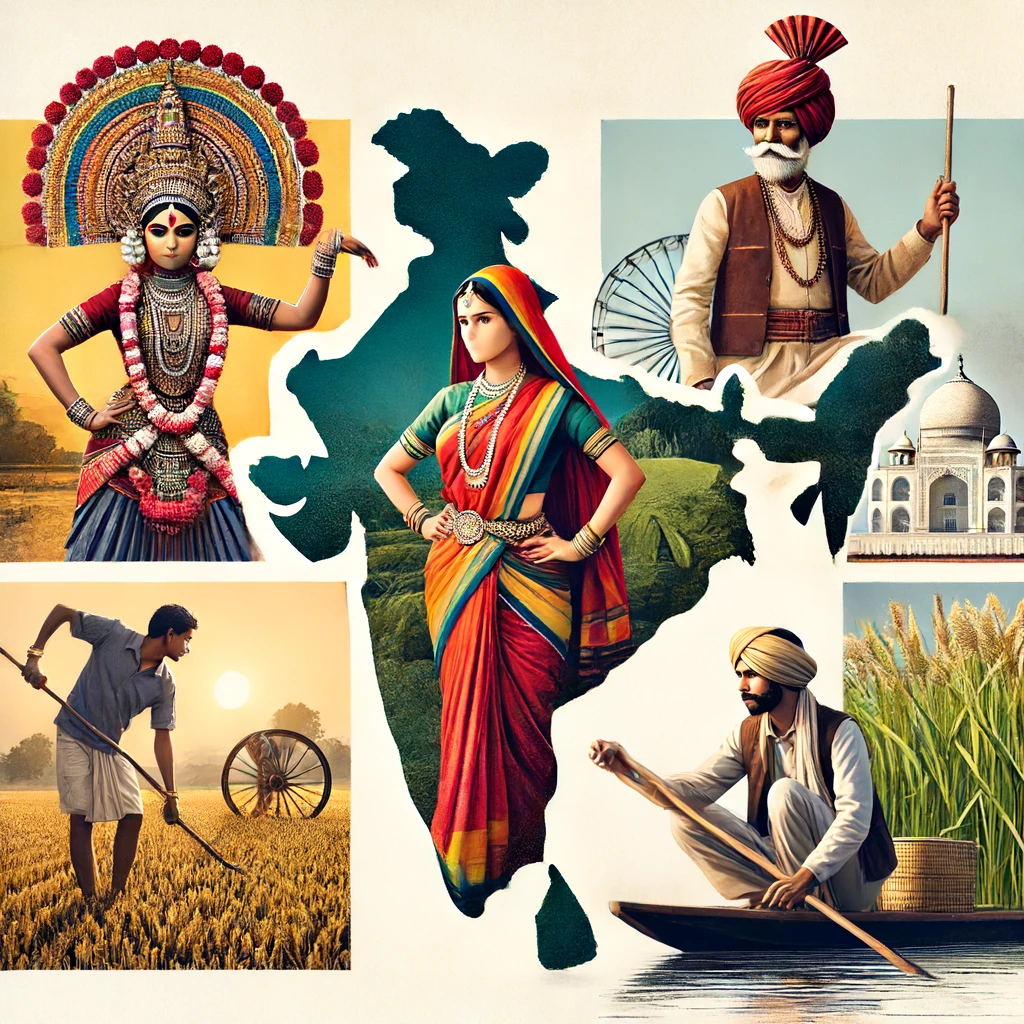
Conclusion
India’s regional diversities are a source of immense pride and also a continuing challenge for cohesion and development. The interplay of geographical conditions, linguistic identities, cultural practices, economic factors, and culinary traditions paints a complex picture of India. Yet, it is this very complexity that strengthens the fabric of Indian society, promoting a unity that is as diverse as it is profound. Embracing and celebrating these diversities while working towards reducing disparities is crucial for building a more inclusive and harmonious nation.

